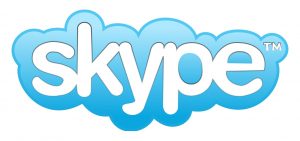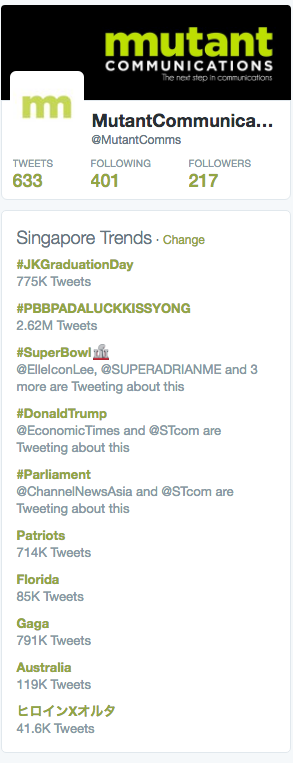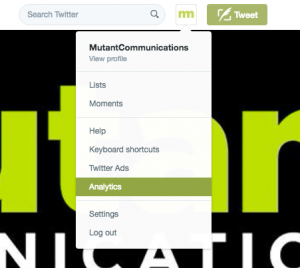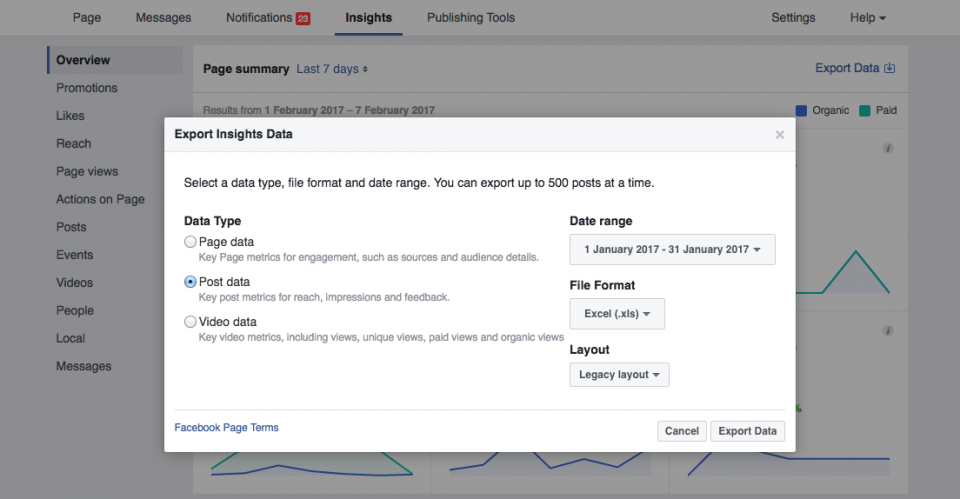It’s hard to imagine doing PR in a world without Google and Facebook. Headlines have to be snappy and featured photos must be ‘thumb-stop worthy’, while the copy needs strategically chosen keywords to rank higher on search. Most importantly, editors are always looking for a new tech PR story to keep their sites timely with engaging content.
Here’s a quick overview of how PR is changing in 2017 – the year Google and Facebook took 20% of global ad revenues:
Competitiveness among publications
The only constant in the world of news has always been change, as websites and magazines are battling for the reader’s attention. Traditional hard news is in decline, while soft news pulls people in with bite-sized content, punchy headlines and provocative images. The difference in 2017 is the algorithm, which now cares about how much time readers spend on a page. The more and the longer readers stay, the higher the page will get ranked on search. As a result, publishers are now looking for meatier content that is still highly engaging.
The upside is that good content is being rewarded more. The downside is that there will be even more content for the reader and the media space becomes even more competitive. We need to create even more and better content, as otherwise, editors will shoot it down faster than a North Korean missile is trying to fly across the Pacific.
PR measurement
For many years now, PR has been moving from a nebulous, immeasurable territory to something that needs to be justified to the management. Gone are the days of archaic metrics like AVE (advertising value equivalent). As publications and journalists are now sharing their stories across traceable social media channels, campaign measurement is no longer estimated by just pickups. Everything can be measured in comments, shares and likes.
Crisis prevention
A scandal or a spokesperson’s misjudgement can spread like wildfire. Just remember how Kellyanne Conway’s ‘alternative facts’ created an outcry around the world. The real-time nature of social media makes a capable PR team a necessity. The only thing better than a curing the crisis is prevention. A brand’s sentiment is subject to many factors outside their business, but good PR is still key to maintaining timely, appropriate and on-brand responses.
The speed of the news
Facebook’s feed is real-time and Google updates take mere seconds. If something catches fire, the whole forest burns. The difference now is that search and social will quickly blow a trending topic. The recent WannaCrypt incidence, for example, was instantly trending, generating four million search results in a few days. Once a topic is hot, everybody wants a piece of it. Jumping into the media cycle, there’s a higher chance content will be searched for and appear in Google’s Trending Topics sections or will trend on Facebook. As news outlets want to break more hot stories, brands have a chance to create tremendous traction.
Following up to maintain engagement, building towards the next campaign and measuring the results are always key. But given the trend towards shorter, softer and more timely stories, PR needs to change with the way the news move. It’s no longer about getting into a mainstream newspaper and giving yourself a pat on the back.
Need help with your PR campaign? Drop us a message at [email protected]


 Last, but certainly not least, brand monitoring. Outsourcing your marketing function shouldn’t be a one-trick pony. A dedicated and proactive agency should be continually optimising your marketing efforts. The world is a competitive place for brands big and small, and it is crucial to lower your risk of market stagnation. Brands need to be up to speed, consistent, as well as creative with their ideas. Having a great marketing campaign but not the strategy and monitoring in place is a slippery slope for brands. However, an agency will constantly try new things to keep your business on trend to deliver agreed-upon goals.
Last, but certainly not least, brand monitoring. Outsourcing your marketing function shouldn’t be a one-trick pony. A dedicated and proactive agency should be continually optimising your marketing efforts. The world is a competitive place for brands big and small, and it is crucial to lower your risk of market stagnation. Brands need to be up to speed, consistent, as well as creative with their ideas. Having a great marketing campaign but not the strategy and monitoring in place is a slippery slope for brands. However, an agency will constantly try new things to keep your business on trend to deliver agreed-upon goals.





